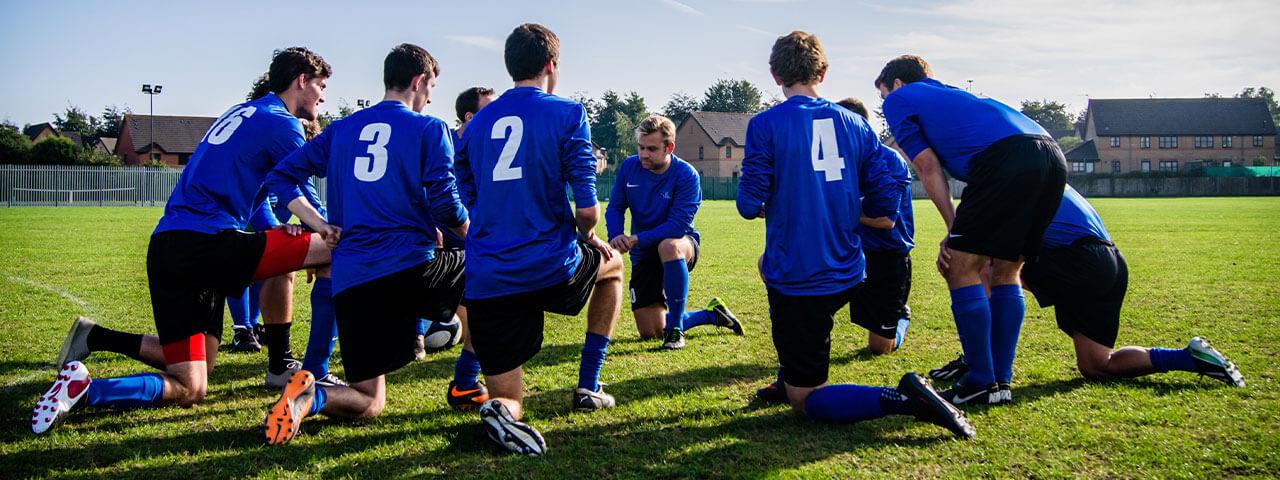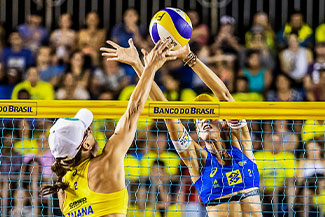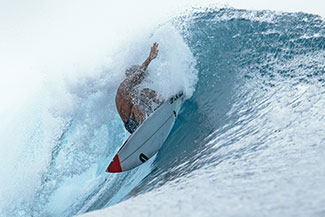
Sports Vision Exercises To Improve Your Performance
Athletes who are serious about their sport are known to go to great lengths to achieve success. When it comes to achieving maximum performance, commitment to training is paramount.
Yet when it comes to sports training, exercise is more than just lifting weights, [memorizing] playbooks, and eating the appropriate foods.
Even the fittest athletes won’t succeed if their visual skills are subpar. That’s where sports vision exercises come in.
A customized sports vision training program designed by an optometrist is a proven way to improve athletic performance and has become a crucial part of many athletic training programs. Any athlete can improve their skills with sports vision training exercises and specific equipment. Your eye doctor can advise you on which pieces of equipment are best for your chosen sport.
What is Sports Vision Training?
Sports vision training is a customized program of eye exercises that helps athletes hone the visual skills needed to excel in their sport. Some of these skills include focusing, eye-tracking, visual reaction time, hand-eye-body coordination, dynamic visual acuity and peripheral awareness.
By improving your visual skills, your eyes, brain and body begin to work together more efficiently. Your timing improves and your movements become smoother.
Working on visual skills can help a football player see other players approaching from the side, or a baseball player track a moving ball against a cloudy sky.
Your eye doctor will assess your visual skills and create a training program to address any visual skills deficits.
Sports Vision Training Exercises at Home
The type of sports vision training program your eye doctor prescribes for you will depend on the sport and the visual skills you’re aiming to improve. Until you can make it to your optometrist’s office, here are some very basic exercises you can try at home. That said, it’s important to note that there is no substitute for a customized sports vision assessment and training program, specifically tailored to your visual strengths and weaknesses.
Focus Flexibility
Focus flexibility refers to your ability to adjust your focus from objects that are far away to ones that are nearby.
To improve your focus flexibility, focus on an object close to you, and then switch your focus to an object behind the first one in the same line of sight. For example, a bowl sitting on a table in front of you and a picture on the wall in the background.
Go back and forth between focusing on the bowl and picture. This exercise is also recommended for people who spend a lot of time working at their computer. Not only will it help with your focus flexibility, but it can relieve eye strain caused by extended screen time.
Peripheral Awareness
Peripheral awareness is important when it comes to sports, as athletes need to perceive the world around them without turning their heads. By enhancing this visual skill, they can significantly improve their game.
One way to boost your peripheral awareness is to stand at an intersection and look straight ahead at the road in front of you. Without moving the position of your head, practice seeing cars traveling horizontally from the left to right, by perceiving through the edges of your visual field.
Depth Perception
Depth perception is important for several sports. Football players need it to judge where the ball is going to land, and baseball players need it to hit the ball as it crosses the plate. Even swimmers use depth perception when they do a flip-turn at the pool’s edge during a race.
A great way to practice this skill is by holding a drinking straw at arm’s length and trying to drop a tiny pebble or balled-up piece of paper through the straw with your free hand.
So whether you are a competitive sports player or just play for pleasure on the weekends, sports vision training will help boost your performance. To learn more, contact our optometrists today!
Our practice serves patients from Edmonton, Leduc, Sherwood Park, and Beaumont, Alberta and surrounding communities.









